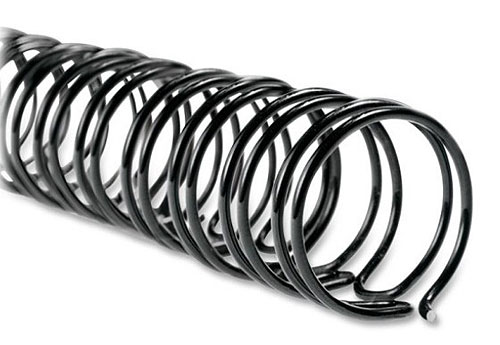
by Andre Palko, Technifold USA
It’s not unusual for a print shop or bindery to encounter jobs that are outside the scope of the finishing equipment on their floor. Maybe the job is a favor for a good customer or perhaps it’s part of a package of jobs. Whatever the reason – once the decision is made to handle the job through outsourcing – there are a few things you can do to make sure it’s a trouble-free event.
1. Work backwards.
The first step in an outsourced job (or any job for that matter) is to work backwards. Talk to the bindery or finishing shop first. For example – one reader researching a map folding job found it a little tough to find a local shop that could handle the 36″ width on the folder. Printing the job is a breeze but finishing is another story, since the majority of popular folding machines in the field are less than 30″ wide. With a couple inquiries we found several trade binderies that have the necessary expertise, experience and equipment for such specialty folding.
But now that you’ve found your possible vendor, the real work begins. If you talk to five trade binderies you might get five slightly different suggestions on paper weight, scoring, grain direction, panel size, guide and gripper location and more, even though we’re talking about the same map job. Each shop will have very specific reasons for their particular suggestions. Thus it’s vitally important to speak with the bindery first. It’s not because we bindery types get hurt feelings if you don’t; it’s simply because if you neglect to work backwards, your print job could become a salvage expedition.
2. Keep all the cutting, scoring and folding under one roof.
For that matter, any closely related, critical operations should be kept together. Most of us who have done any type of complex bindery work find ourselves constantly communicating with our co-workers in different departments. When I’d cut a complicated folding job, I would always discuss it with a folder operator. If I had to die score a job prior to folding and there was some question about how it would perform, we would test scored samples on the folder before scoring the entire job. When a complex stitched book was in the works, the entire crew would discuss each operation before laying the job out for printing.
When these operations are separated by outsourcing to multiple vendors, you lose this critical communication. If, for instance, you decide to cut a job yourself before shipping to the bindery, simply because you can and because you’ll save a few bucks, you may get a phone call from the bindery advising that you cut off 1/16″ too much. So much for savings. If Shop A scores a job and then ships to Shop B for folding, there’s not much you can do if one of the scores needed to be moved to facilitate machine folding. Each shop will say they did their job and probably will be correct. The behind-the-scenes communication that would have prevented such a disaster was missing.
3. Prepare for the unexpected.
Another factor to consider: every time you ship the job, you are exposed to possible damage or loss. Every shipment also takes valuable time that would be better spent in production.
4. Vendors are not mind readers.
Lastly, communicate everything with your vendor and give them everything they need to complete the job. You can’t really get mad at vendors for their failure to read your mind.
Outsourcing with the right partners will add tremendous value, will help you beat deadlines and can be delightfully easy with a common-sense approach and a little planning.
Reprinted with permission.
Andre Palko is president and founder of Technifold USA in Lafayette, NJ. He writes a Bindery Succes Blog in which he offers insights on bindery and postpress strategies, techniques and tips. He can be reached at 973.383.7920.

